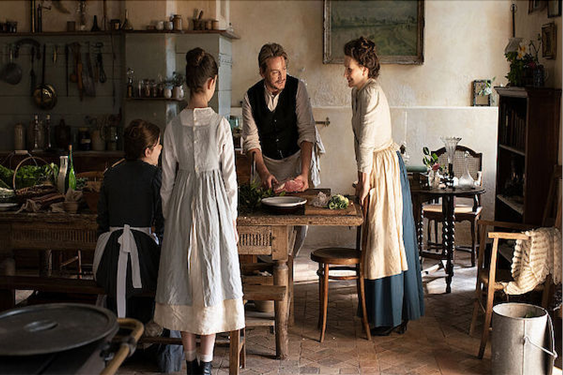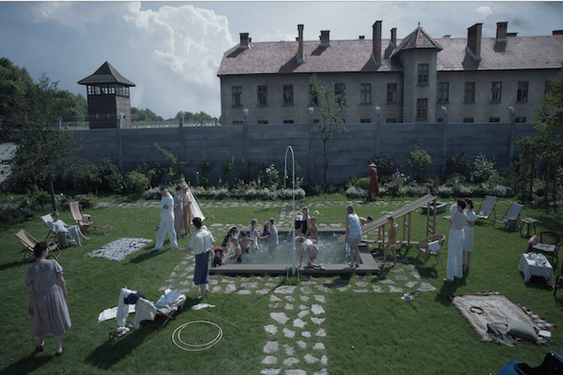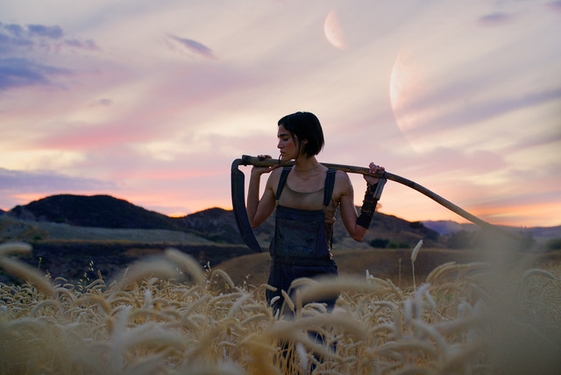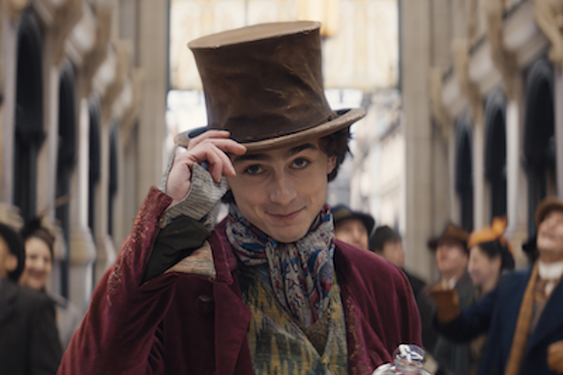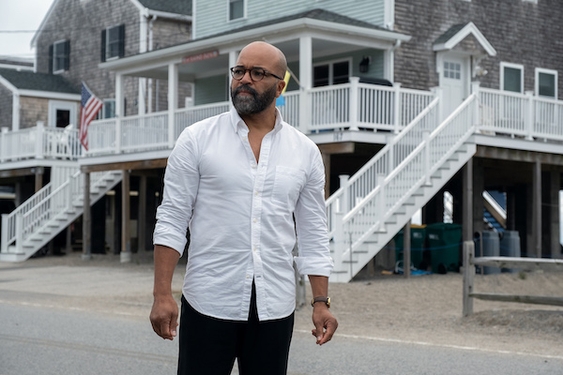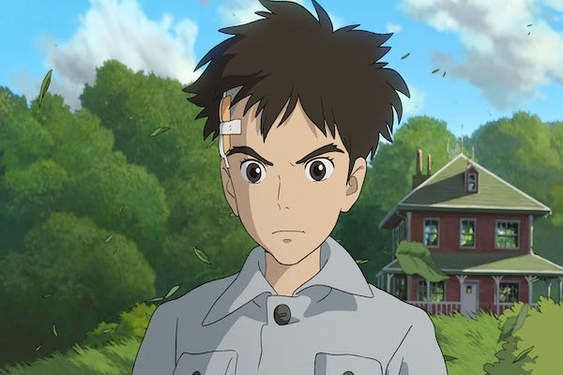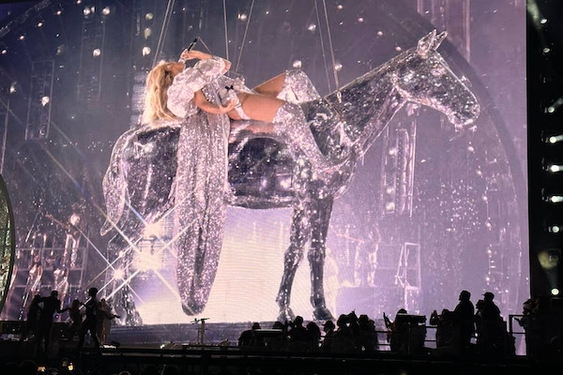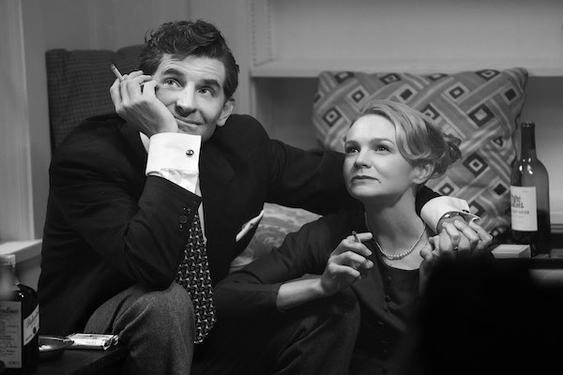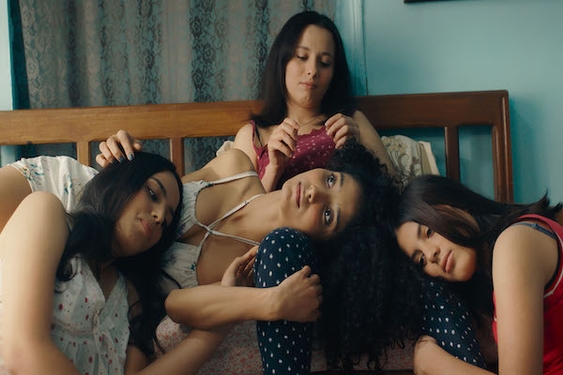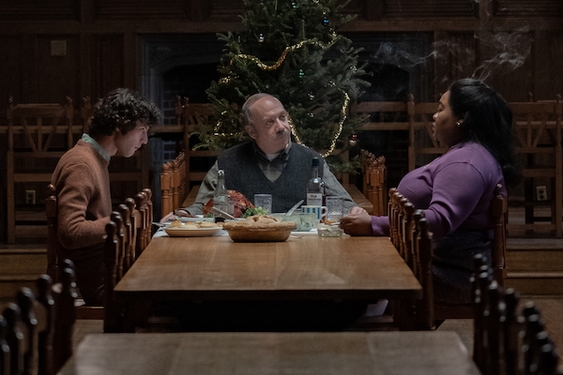
French director Abdellatif Kechiche dives head first into his newest film, Blue is the Warmest Color, starring newcomer Adéle Exarchopoulos and Léa Seydoux.
Loosely adapted from Julie Maroh’s graphic novel Blue Angel, Kechiche and co-writer Ghalia Lacroix bring this story to life. Winner of the Palme D’or at this year’s Cannes Film Festival, Blue is the Warmest Color has people talking and for good reason, too.
The film focuses on Adéle (Exarchopoulos), a 15-year-old high school student who has a chance encounter in the streets with a young woman who meets her gaze. Even though she has fallen into her first romance with a handsome boy at school, she can’t shake this young woman who caught her eye. She eventually meets the elusive woman named Emma (Seydoux) and falls in love. The story unfolds, following the ups and downs of their relationship over the next 10 years.
There are two widely talked-about aspects of this film that have spread like rapid fire since its win at Cannes: its three-hour running time and very intimate sex scenes shared between the two young women. Where these two young actors have to go for these raw moments is extremely brave. There are many points throughout the 20-minute graphic sex scene where the line between acting and what’s real is exceedingly blurred.
Kechiche shoots much of the film with a wide frame but zoomed very tight on the actors’ faces. This can be a bit distracting at times, especially when the viewer is simply watching someone asleep breathing or chewing his or her food with open-mouth vigor. Trying to capture every nuance with close-ups tended to be frustrating.
The slow-moving pace at which the film unfolds following heroine Adéle requires patience. There are so many sweet moments that the audience gets to watch; we literally see Adéle grow up and figure out who she is. Meeting Emma rocks her world and consumes her thoughts and life. Witnessing their love unfold can be quite intoxicating.
When following a relationship over a decade, issues inevitably start to rear their ugly head. While love and passion are what can unite them, foundational differences in upbringing and careers come to the forefront. This being a point Kechiche likes to touch upon in his films.
The young actresses really brought tenacity to their characters, which many actors tend to shy away from. With beautiful camera work and angles that flatter them, the young women look like works of art in certain moments.
The film could have been a bit shorter for a broader mass appeal, and the NC-17 is definitely going to shrink the audience even more, but kudos to Kechiche for sticking to his guns.
Adéle is in search of her authentic self and what it means to be in love, alone and immersed in someone else. The film's original French title is Adéle: Chapters 1 & 2, leaving it open-ended. Her story could go on; hopefully, we’ll get to see where her next journey in life will take her.
Grade: B
Blue is the Warmest Color releases in L.A. on Oct. 25 and in Orange County on Nov. 1.


